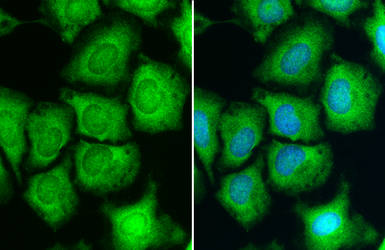RPS6 antibody
Cat. No. GTX113542
Cat. No. GTX113542
-
HostRabbit
-
ClonalityPolyclonal
-
IsotypeIgG
-
ApplicationsWB ICC/IF IHC-P IHC-Wm
-
ReactivityHuman, Mouse, Zebrafish





